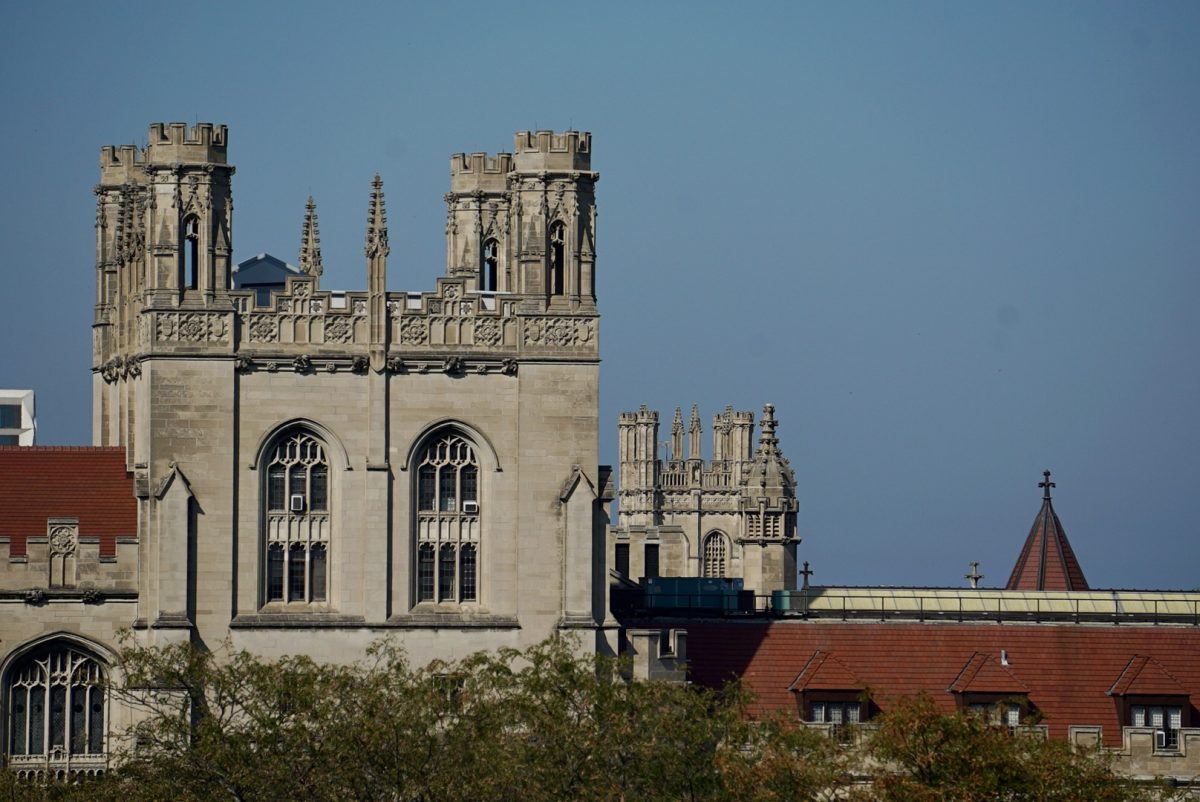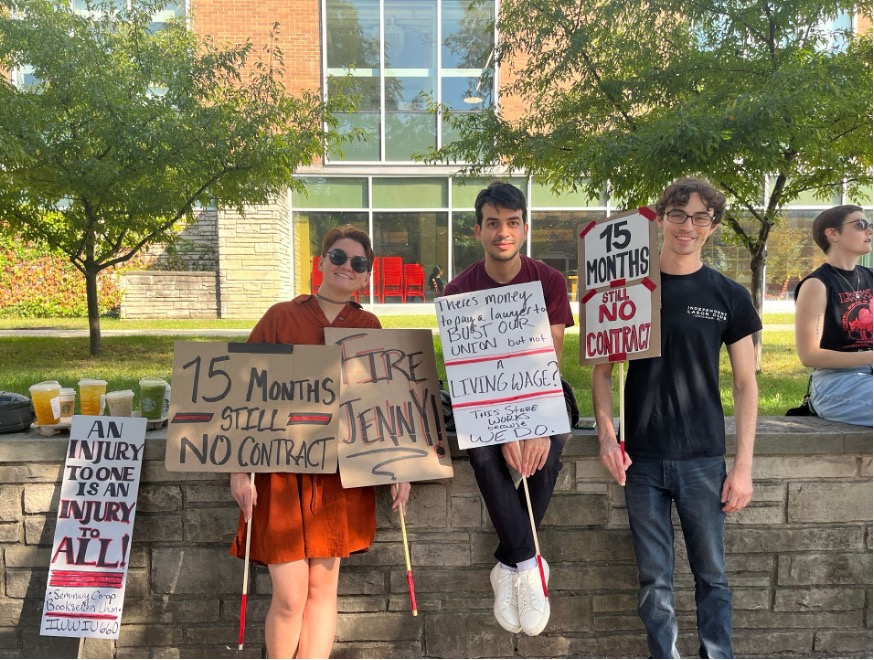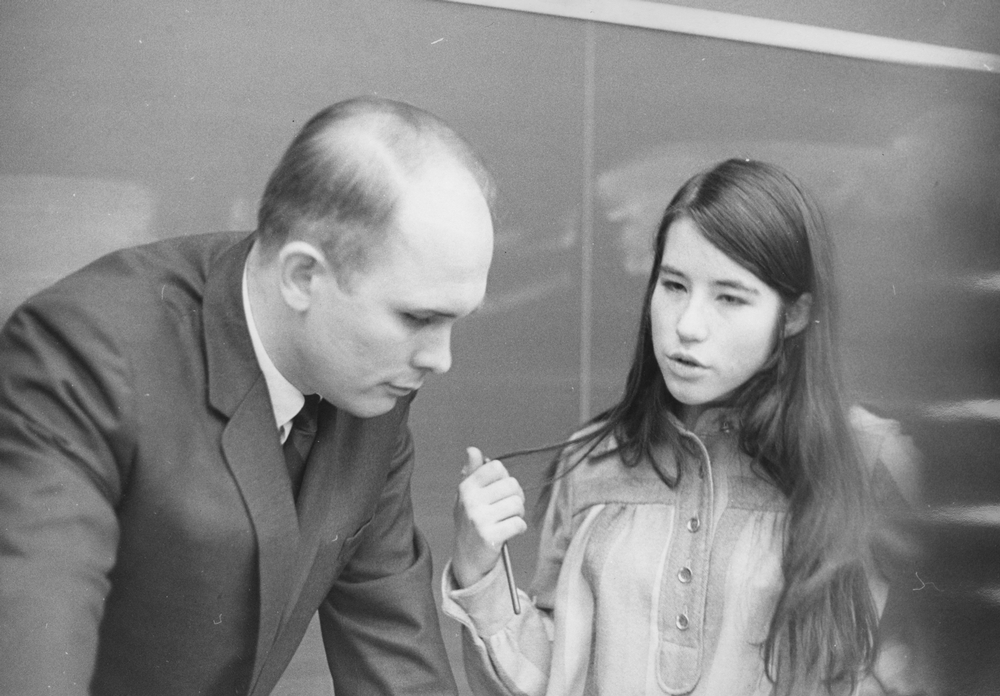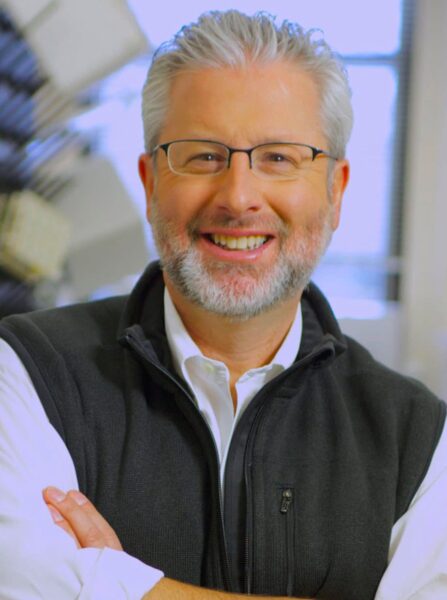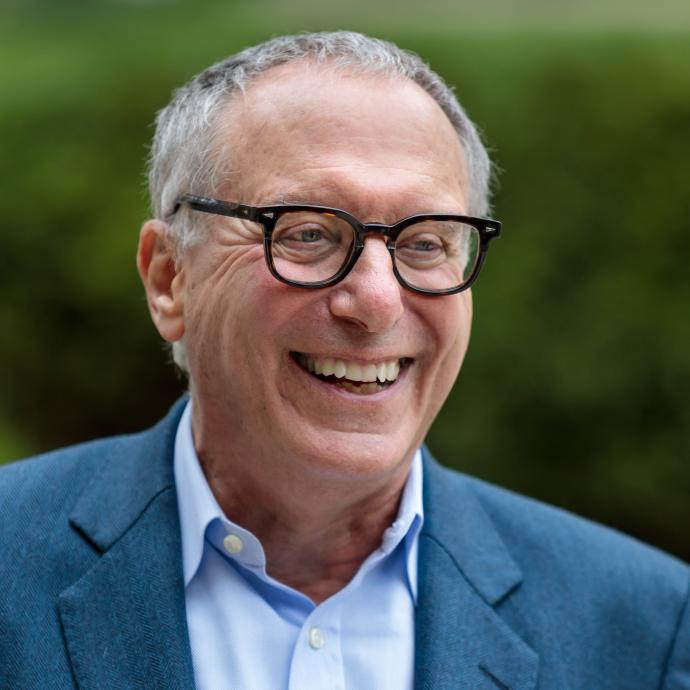Two of the nation’s most prestigious undergraduate institutions announced major changes in their early admissions procedures this Wednesday. Citing the best interests of their applicants, Stanford and Yale independently said they would drop their current early decision policies in favor of a non-binding plan, similar to the University of Chicago’s early action program.
Beginning next fall, those accepted early to Stanford and Yale will have the option of applying to other colleges and will have until early spring to choose between schools. In these respects, the new policies mirror the U of C’s early admissions procedure. “We’re trying to follow Chicago’s lead,” said Richard Shaw, Yale’s dean of admissions. “This testifies that your wisdom is long and sound.”
Despite the fact that Stanford and Yale presented identical plans within hours of each other, both schools maintained that their decisions were made independently.
Stanford and Yale’s recently announced policies differ from the U of C’s early action in one significant respect: although an early application is no longer binding, those wishing to apply to Stanford and Yale cannot apply early elsewhere. According to rules set by the National Association for College Admission Counseling (NACAC), however, students can apply early to as many schools as they want, provided they do not apply early decision to more than one school.
“They could kick us out of the national association – my hope is that will not happen,” Robin Mamlet, dean of admission and financial aid at Stanford, told the Stanford Daily. “Rather, [what I hope] this will do is prompt a discussion among the association’s leaders about why we are making this choice. Ultimately, I hope they will see we are making this choice because it is best for students, and [the association] will change [its] policy.”
The changes are in response to analyses of prospective student feedback, which suggested that the binding early decision policy created many adverse side-effects and suggested a demand for greater application flexibility. “We realize that in an early decision program we’re asking [applicants] to lock into us and forcing them to not make thoughtful decisions their senior year,” Shaw said. “It’s created a significant amount of angst.”
According to Marcela Muniz, assistant dean of admissions at Stanford, early decision forced students to apply to college based on strategic decision making, rather than careful consideration. In the highly competitive college application process, many students feel early decision gives them an advantage over other applicants. The change to an early action-style policy is designed to counter this tendency and encourage prospective students to thoughtfully consider their options, Muniz said.
Of 2,115 early applicants, Yale admitted 550 early last year, comprising 40 percent of the class of 2006. Stanford accepted 34 percent of its freshman class through early decision, admitting 556 of 1,641 early applicants.
With new changes in effect beginning with the class of 2008, students will have the entire winter to evaluate their options: “We hope that by giving students more time it will be a more well-informed decision,” Muniz said.
Some critics have argued that early decision unfairly favors applicants from priviledged backgrounds. In a New York Times editorial last December, Yale president Richard C. Levin argued that well-to-do students are more likely to submit a binding application since they do not need to search for the best financial aid package available to them.
Levin originally stated that Yale would only make changes in its early decision policy in concert with the other Ivy League schools. However, he abandoned this position when the Justice Department suggested that such a move might violate antitrust laws.
In choosing to alter their early admissions policies, Stanford and Yale are following in the footsteps of the University of North Carolina and Beloit College of Wisconsin, both of which announced the adoption of early action policies within the last year.
Muniz expressed uncertainty regarding the effects the new policies will have at Stanford: “We’ve never done a non-binding early program before,” she said, “We’ll be learning how it will affect our application pool as we go, we’re not certain at this time.”
According to Shaw, Yale expects to see a drop in yield, meaning that a greater number of the students accepted will go elsewhere. “We believe that what’s most important is the best fit, not the issue of student yield,” Shaw added.
William R. Fitzsimmons, Harvard dean of admissions and financial aid, told The Harvard Crimson that three out of four students accepted at both Harvard and Yale choose to attend Harvard.
Among the Ivy League schools, Harvard moved to early action in 1998, while the University of Pennsylvania, Columbia, and Princeton continue to use early decision. Brown switched from early action to early decision in 2001 to try to reduce the overwhelming number of early applications.



